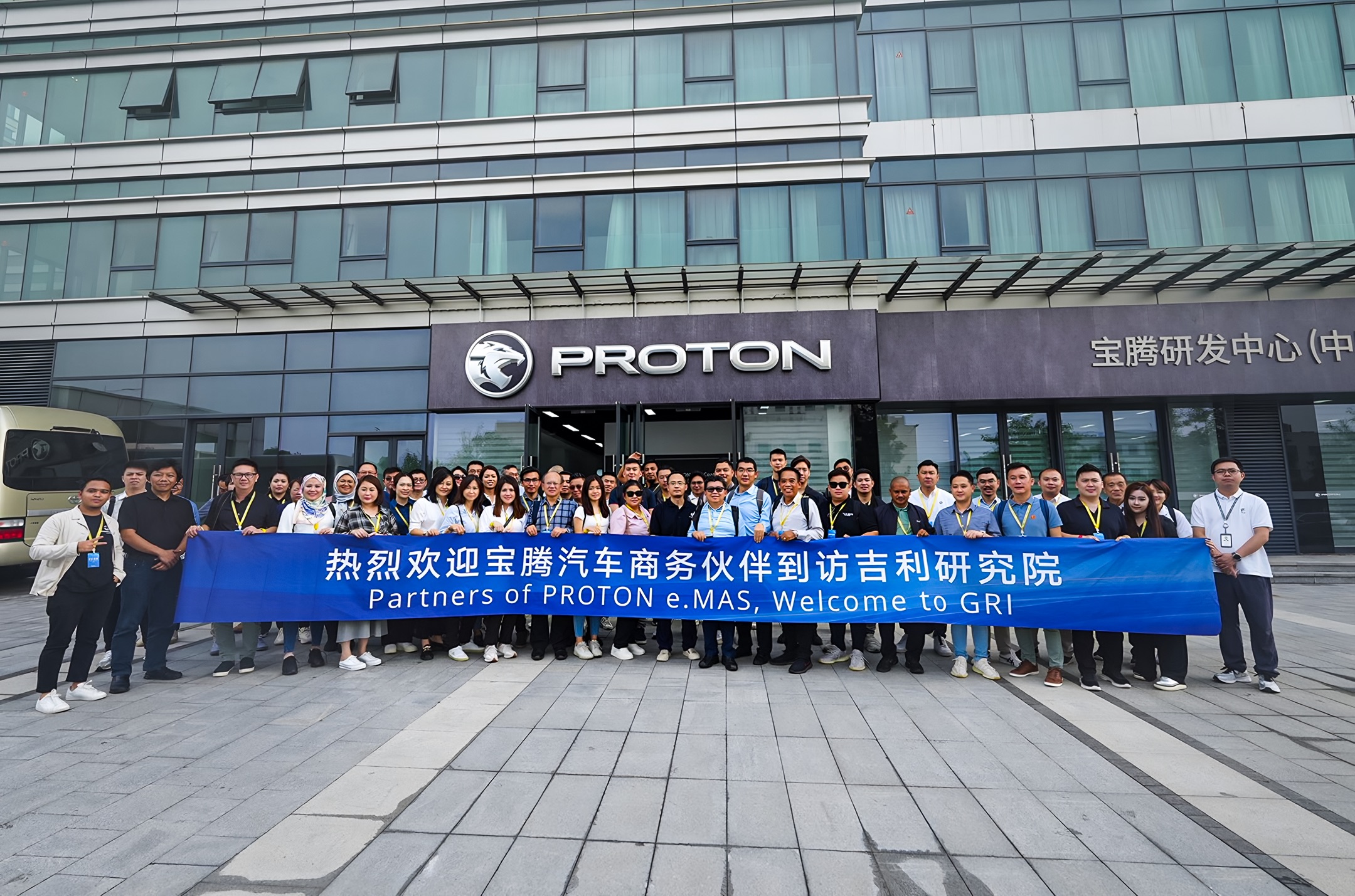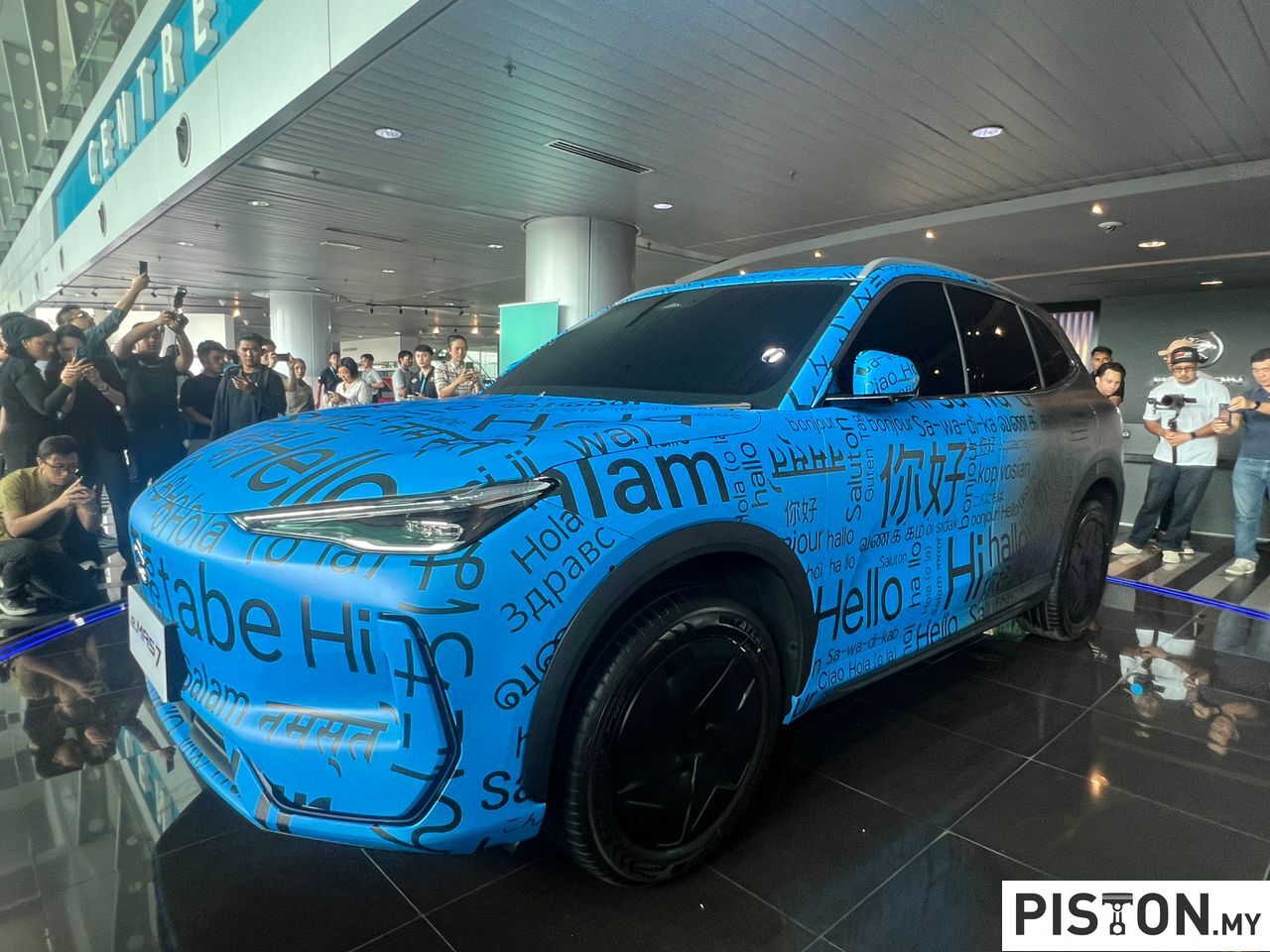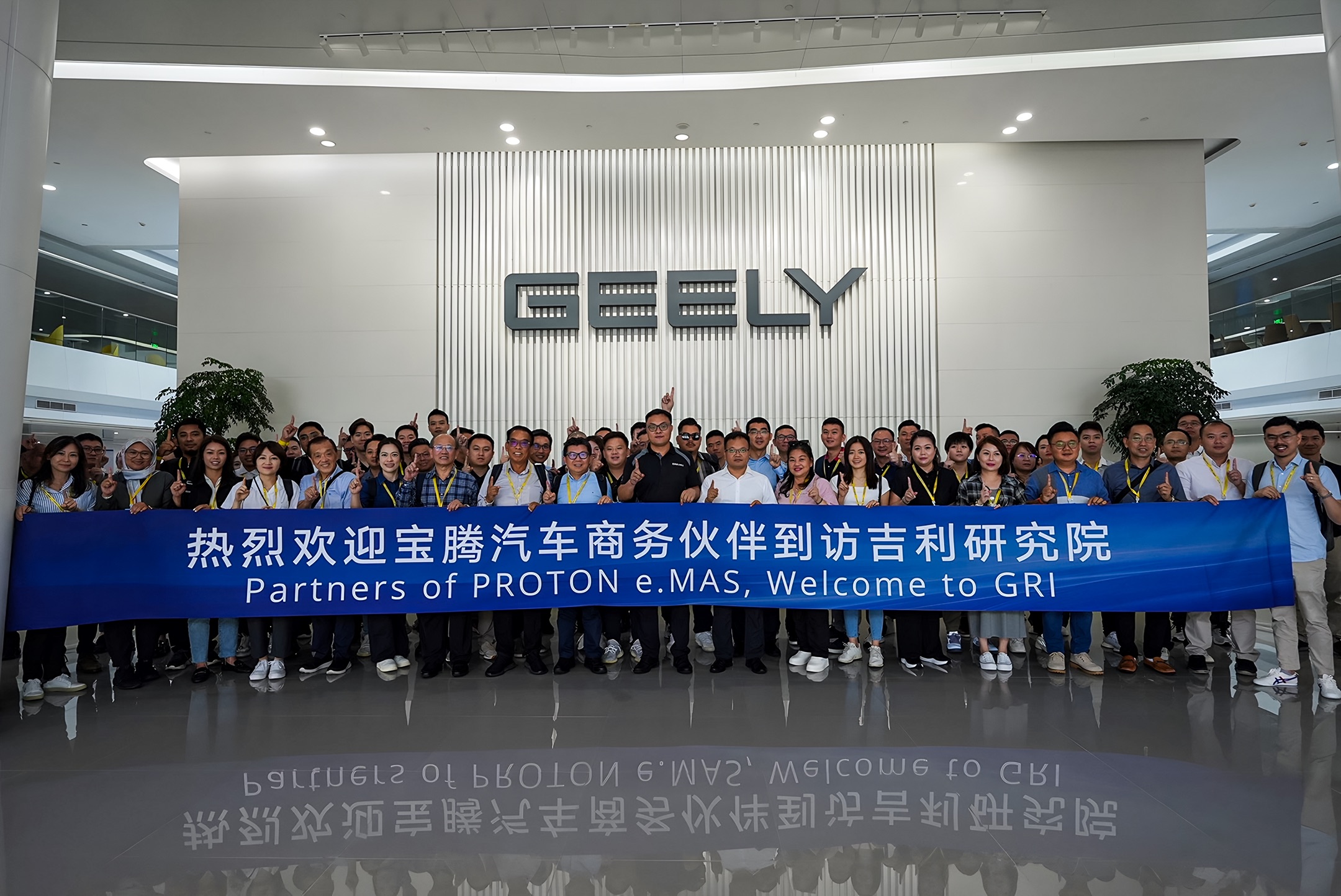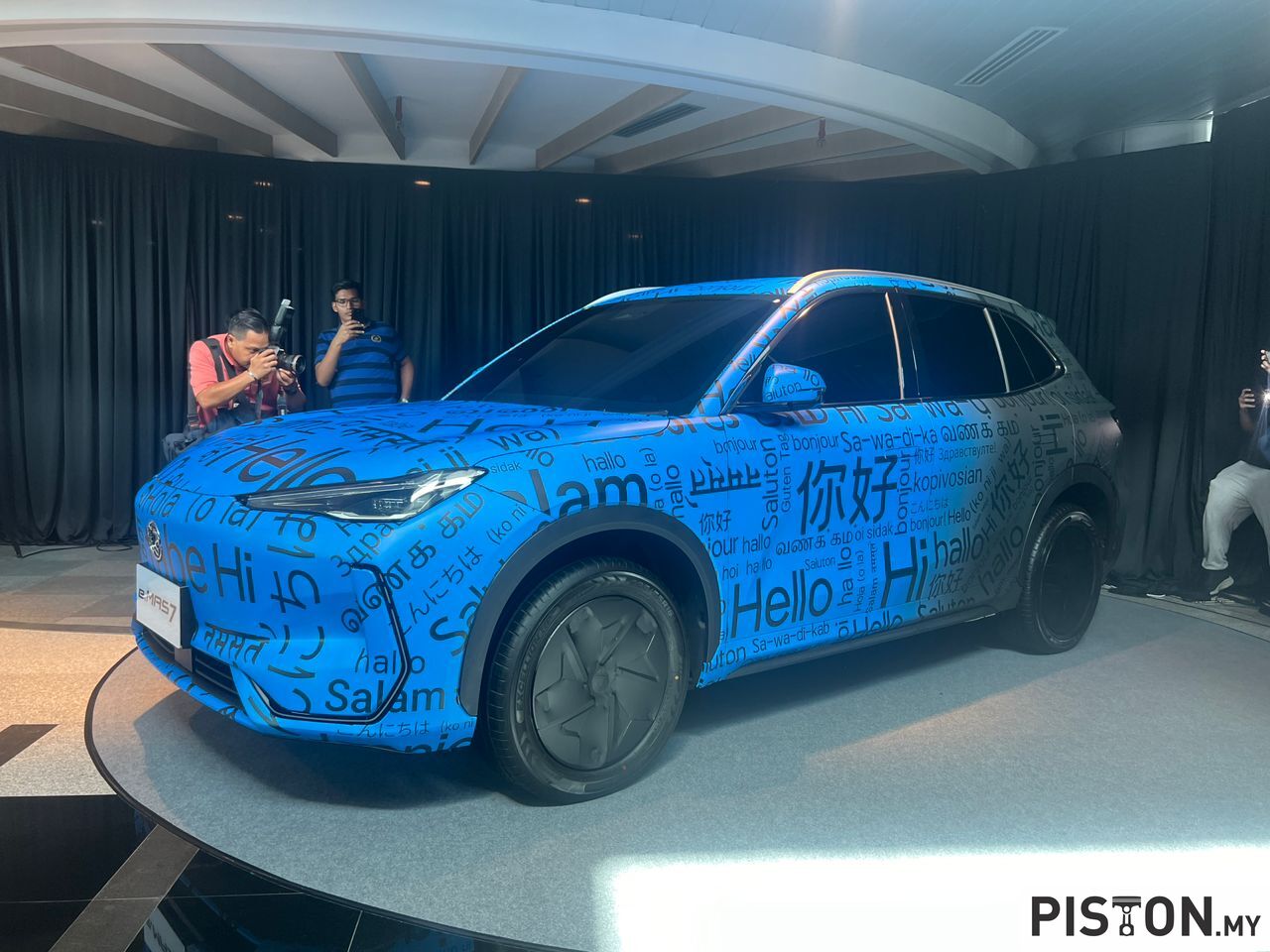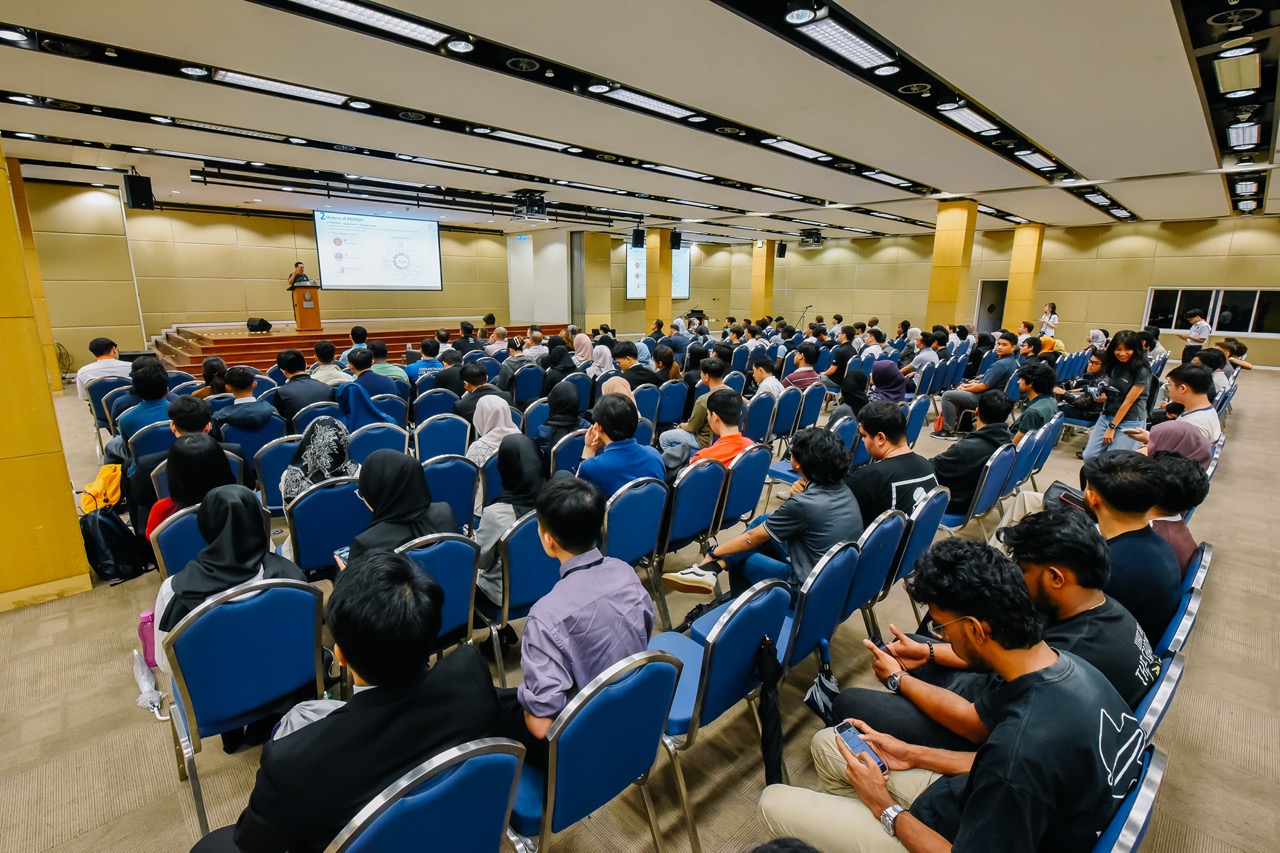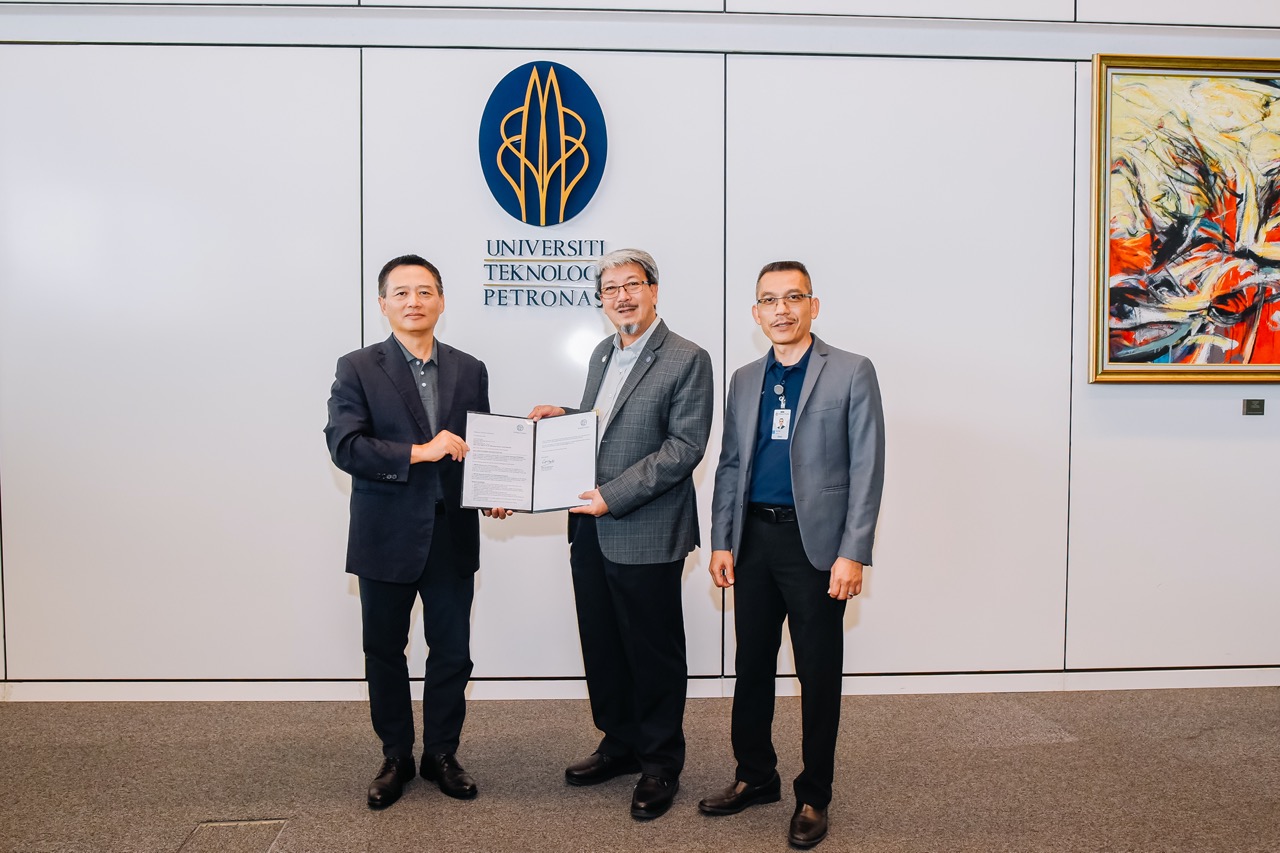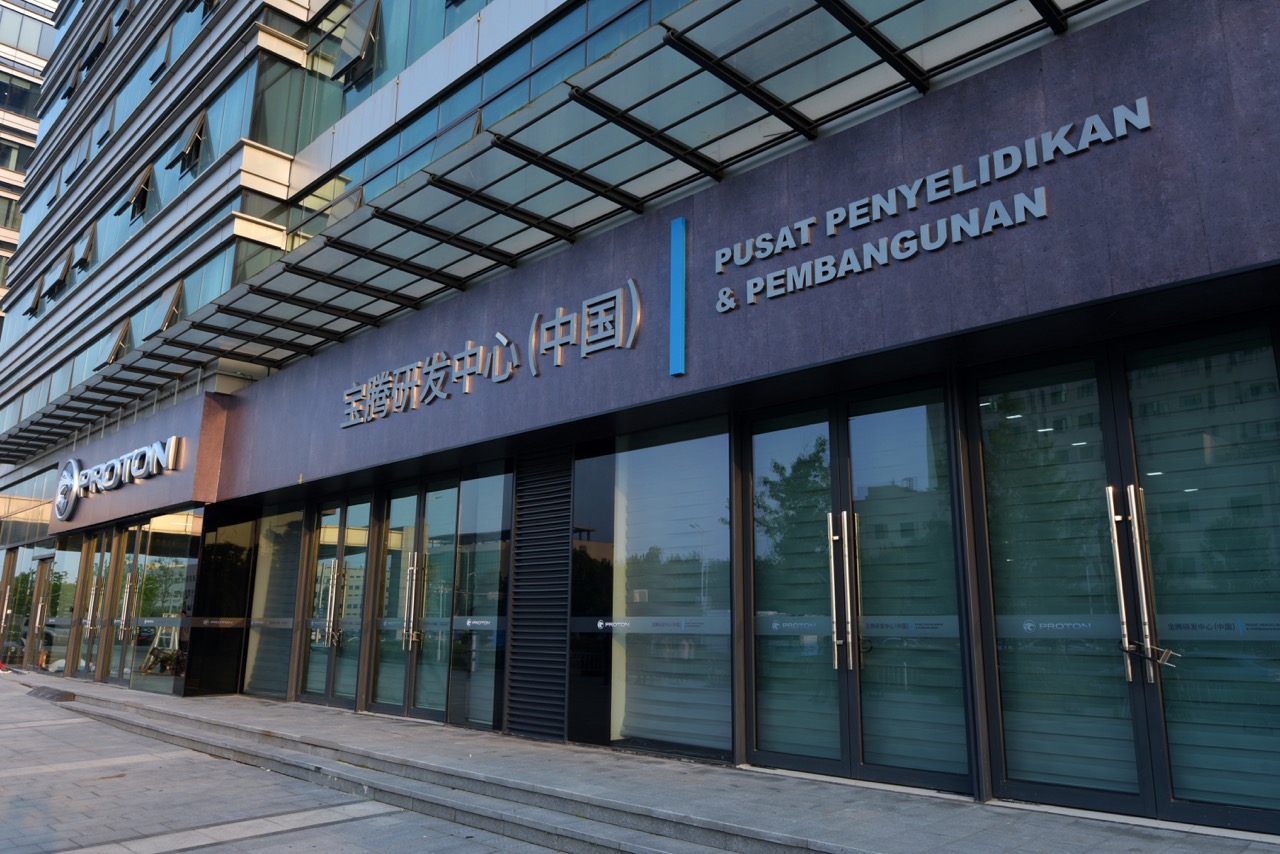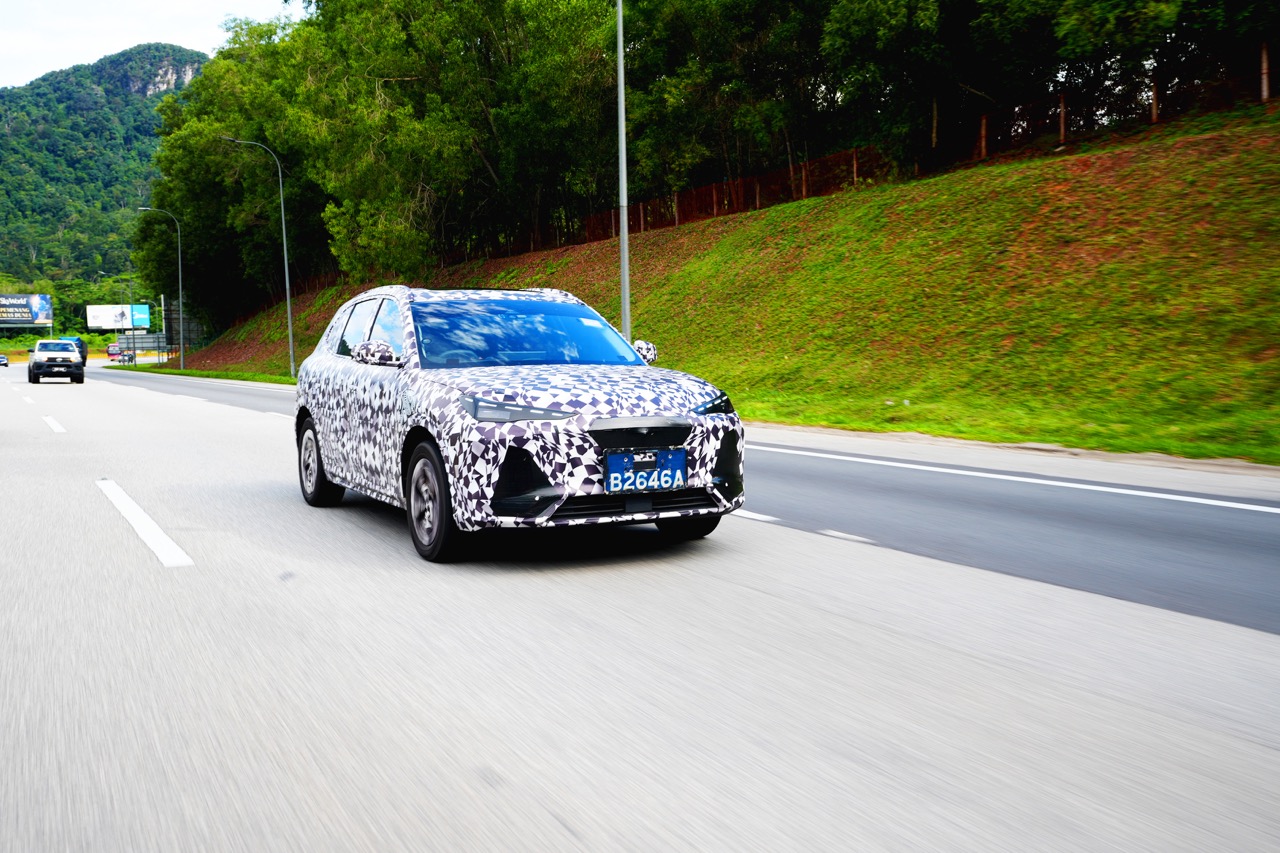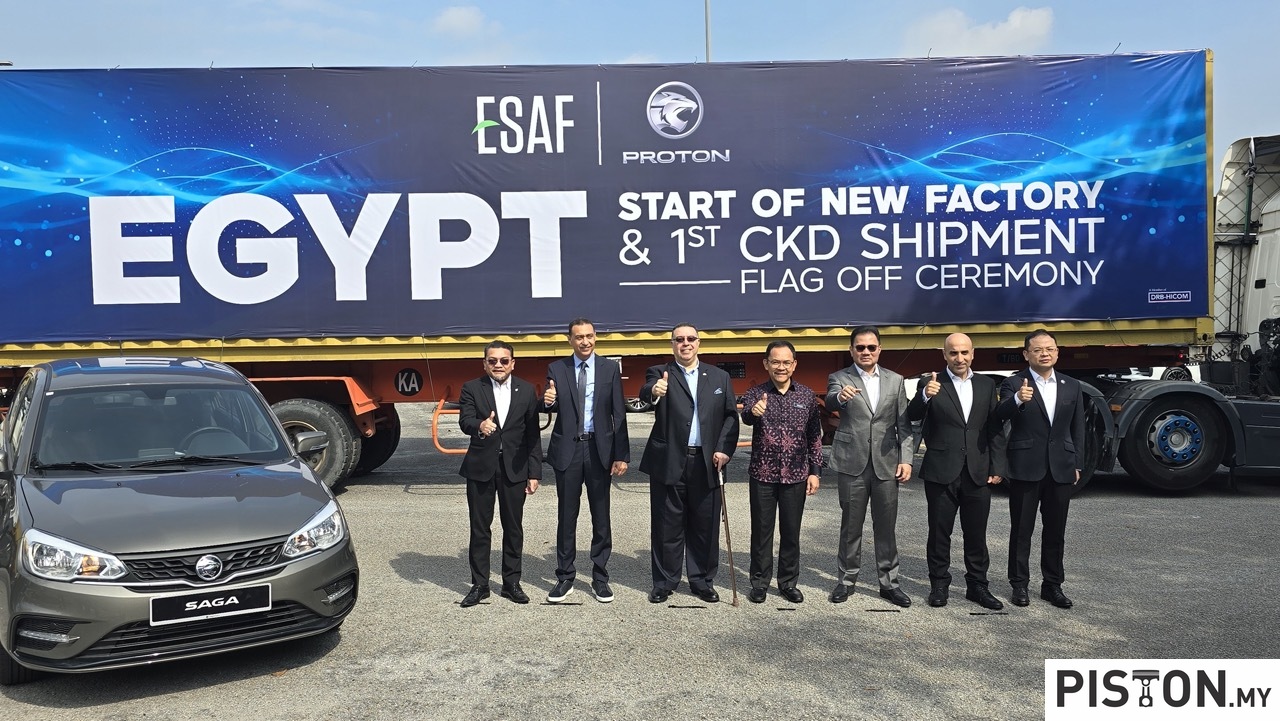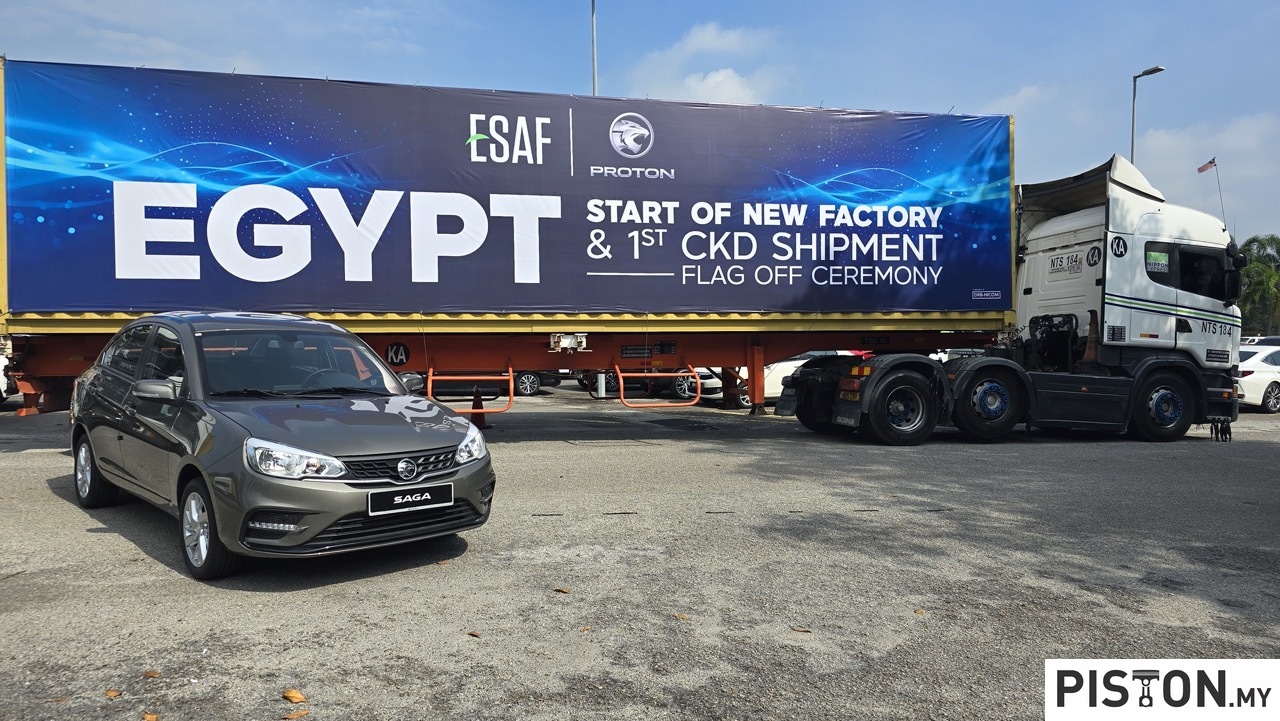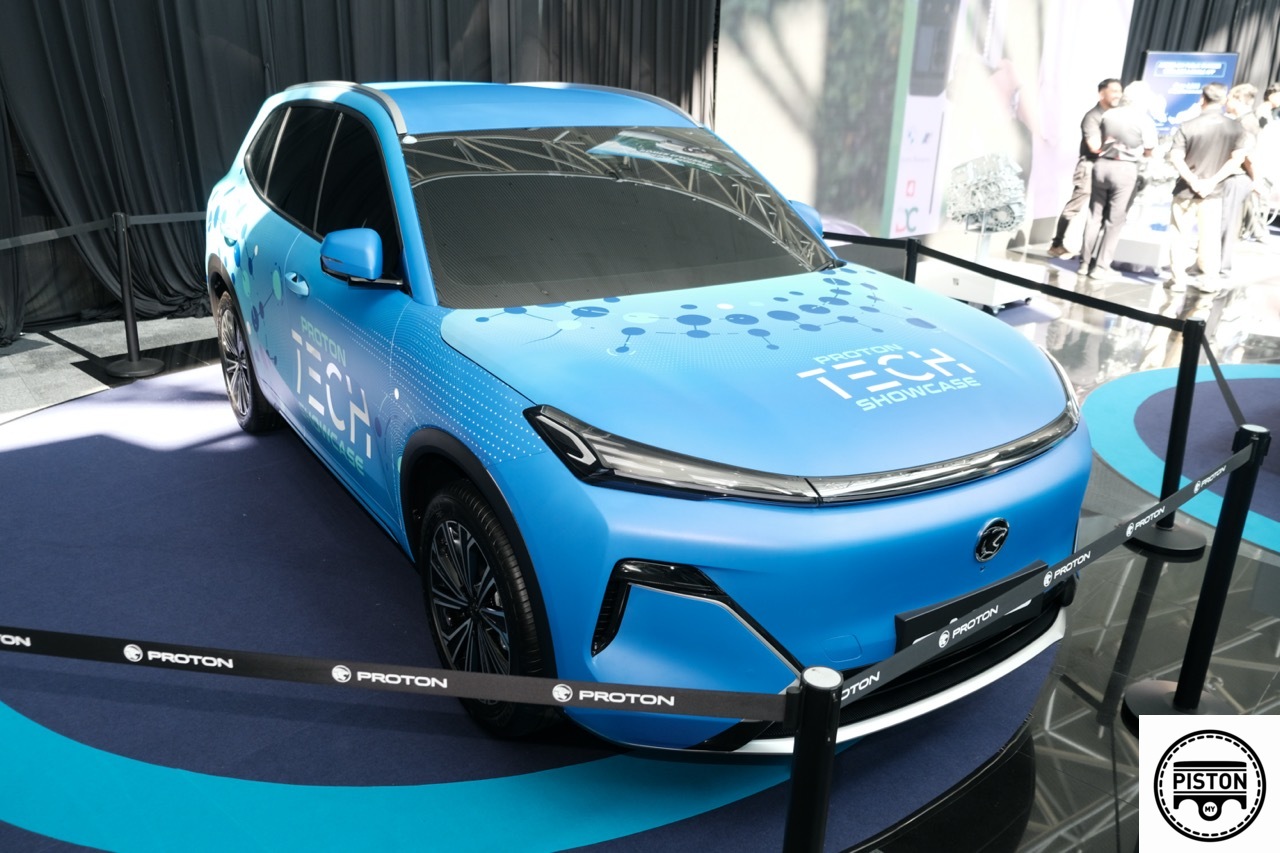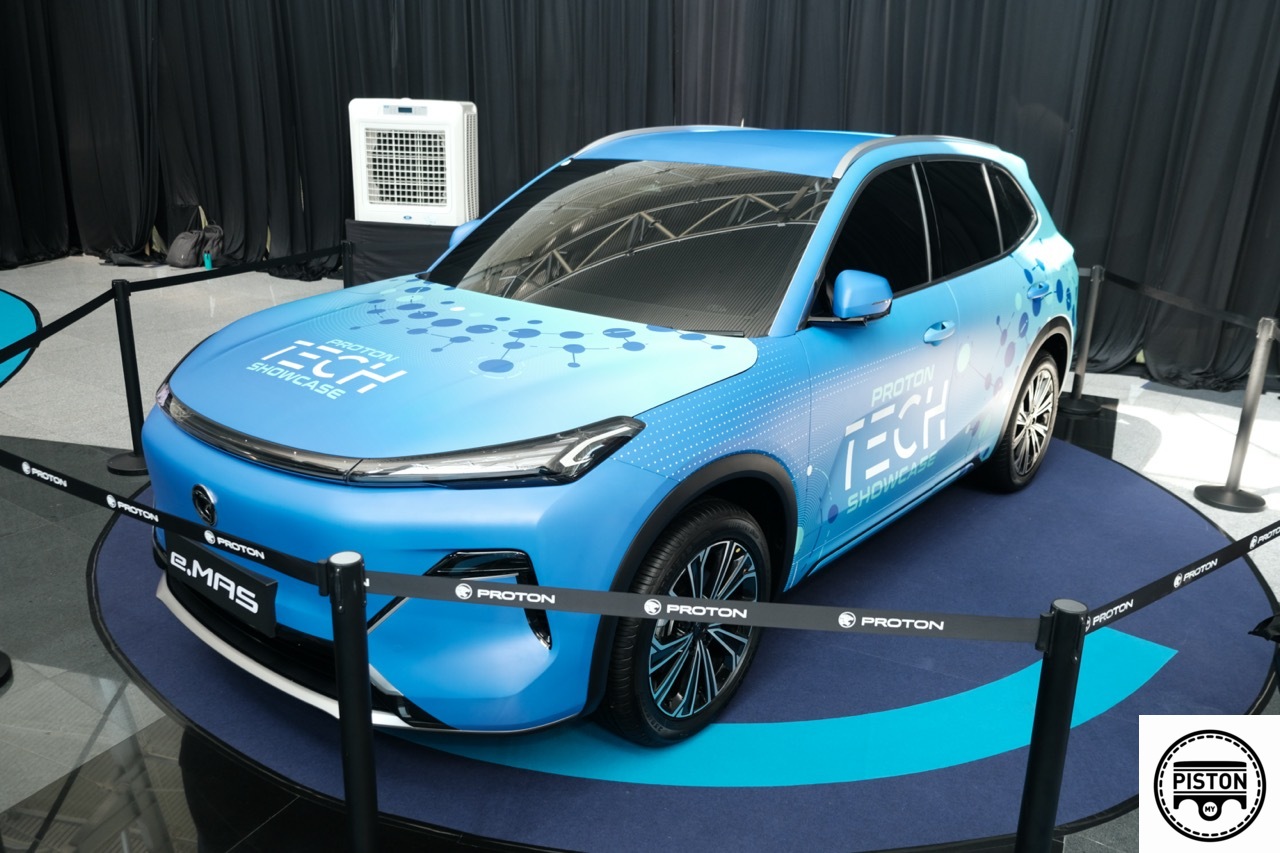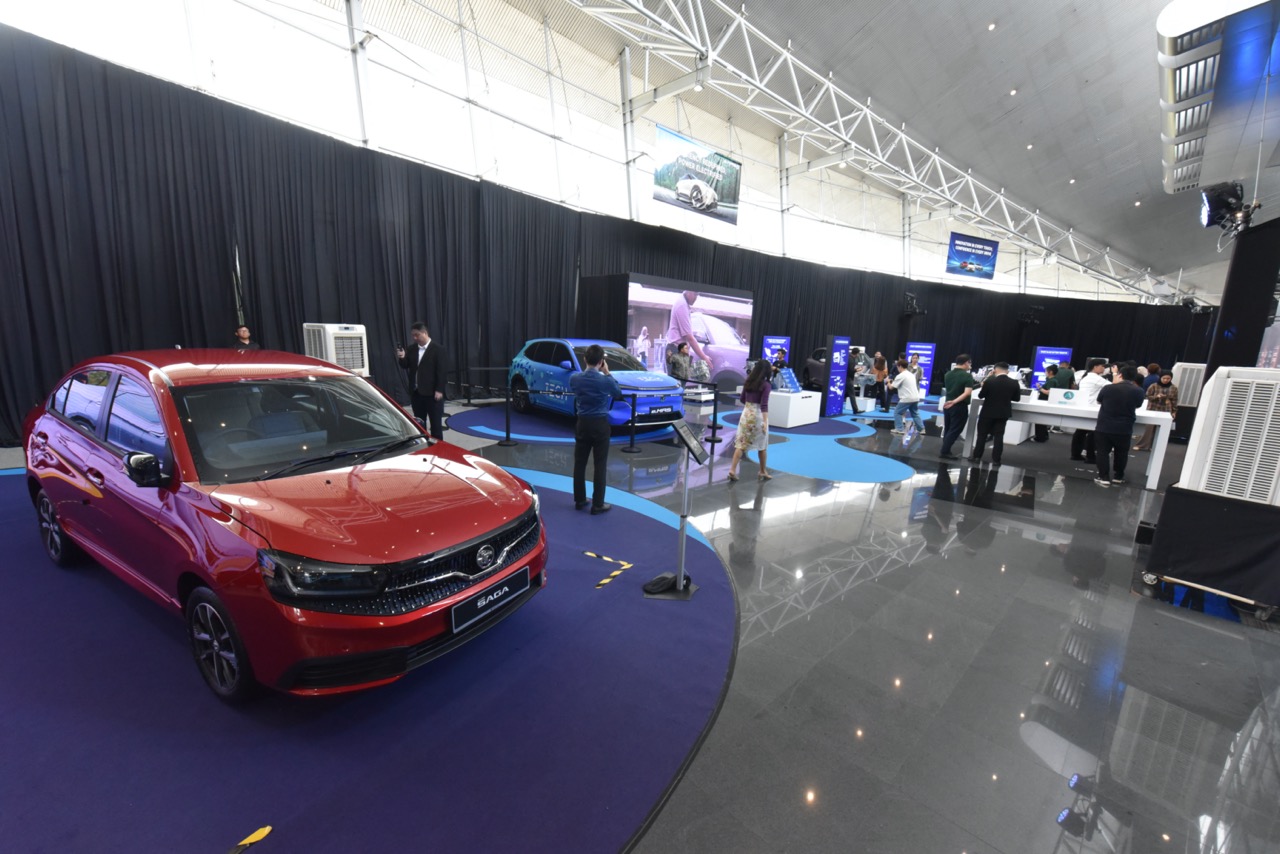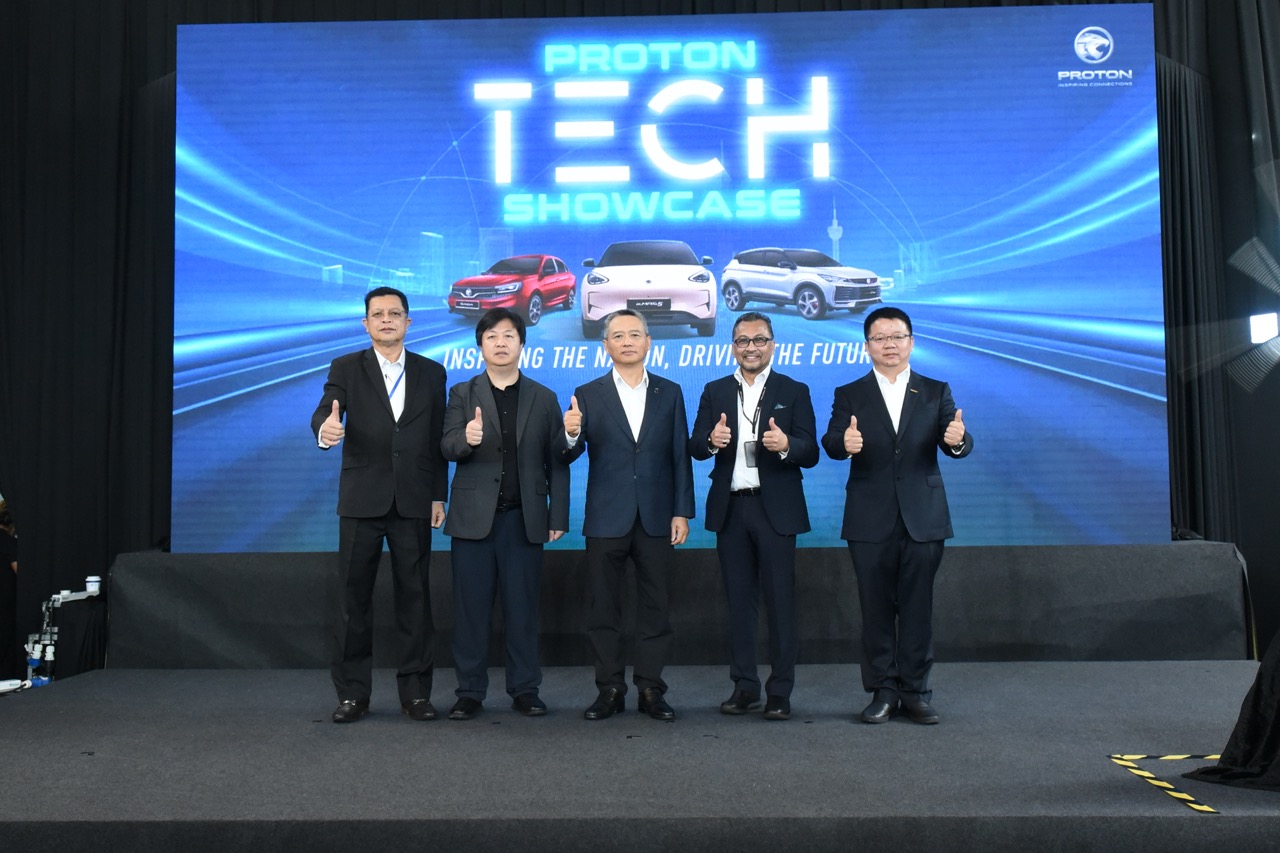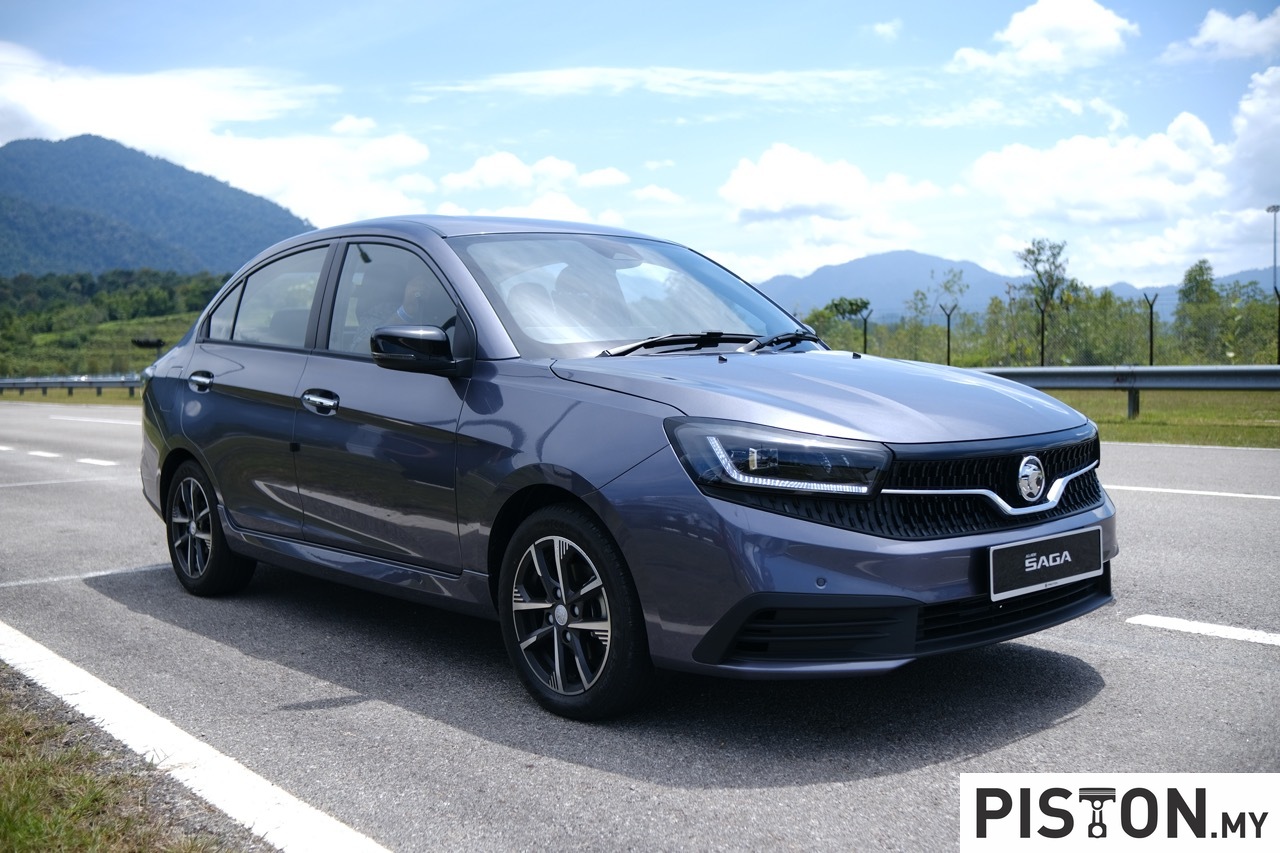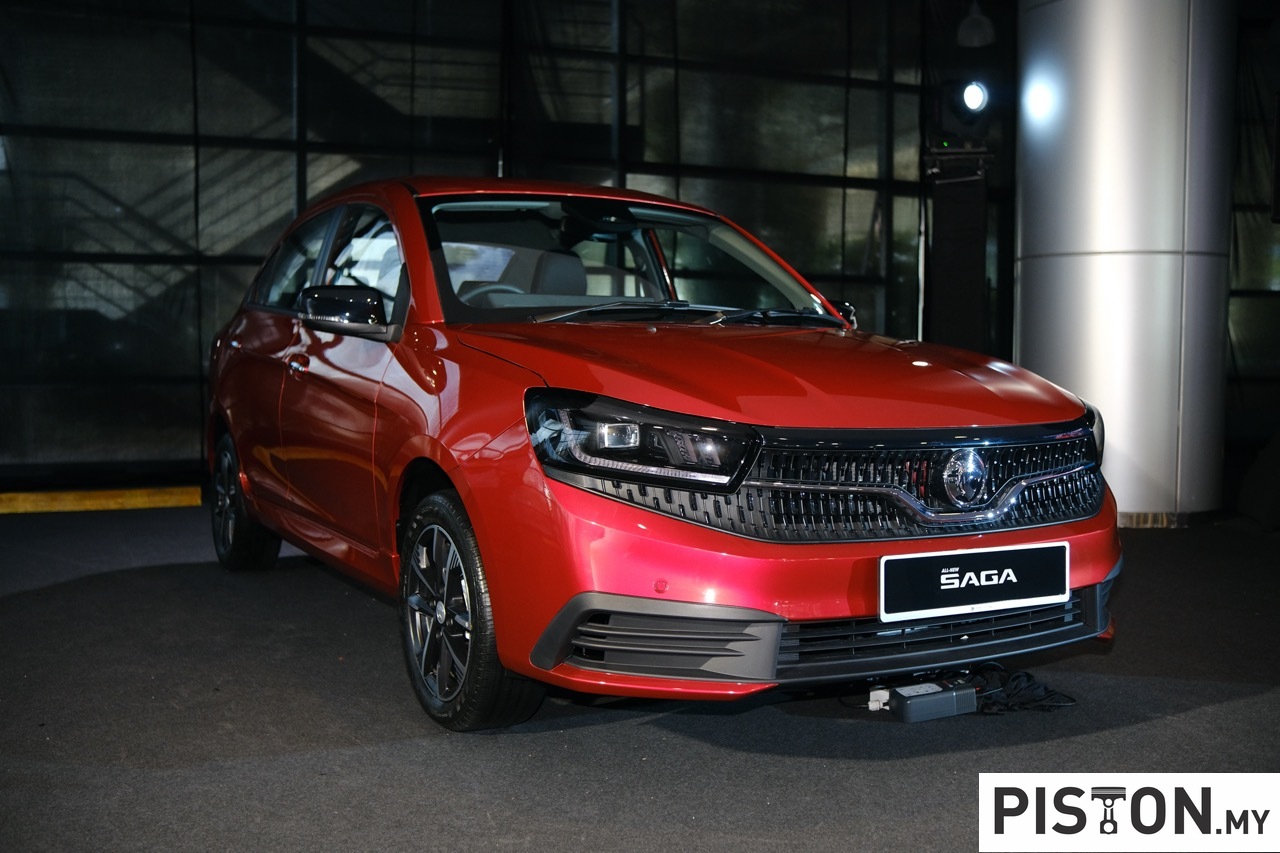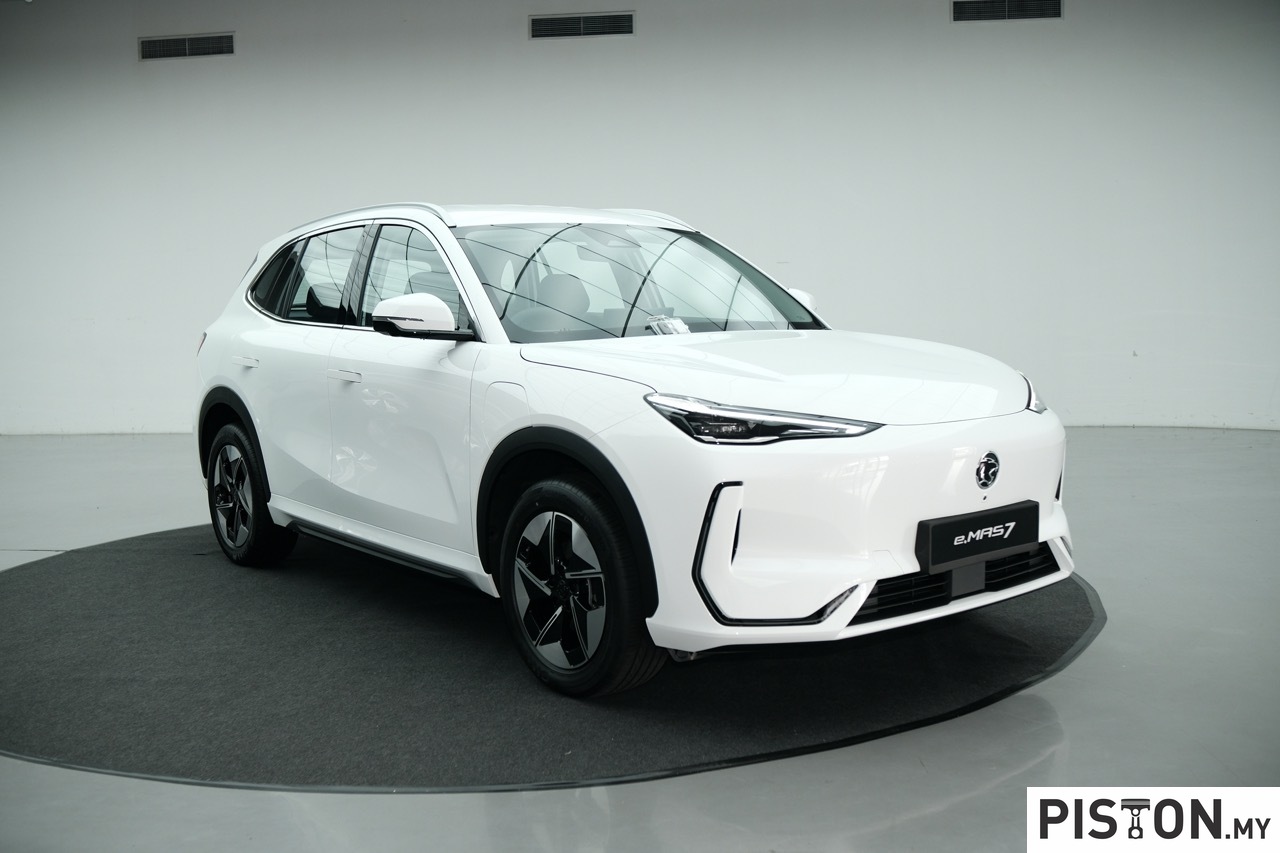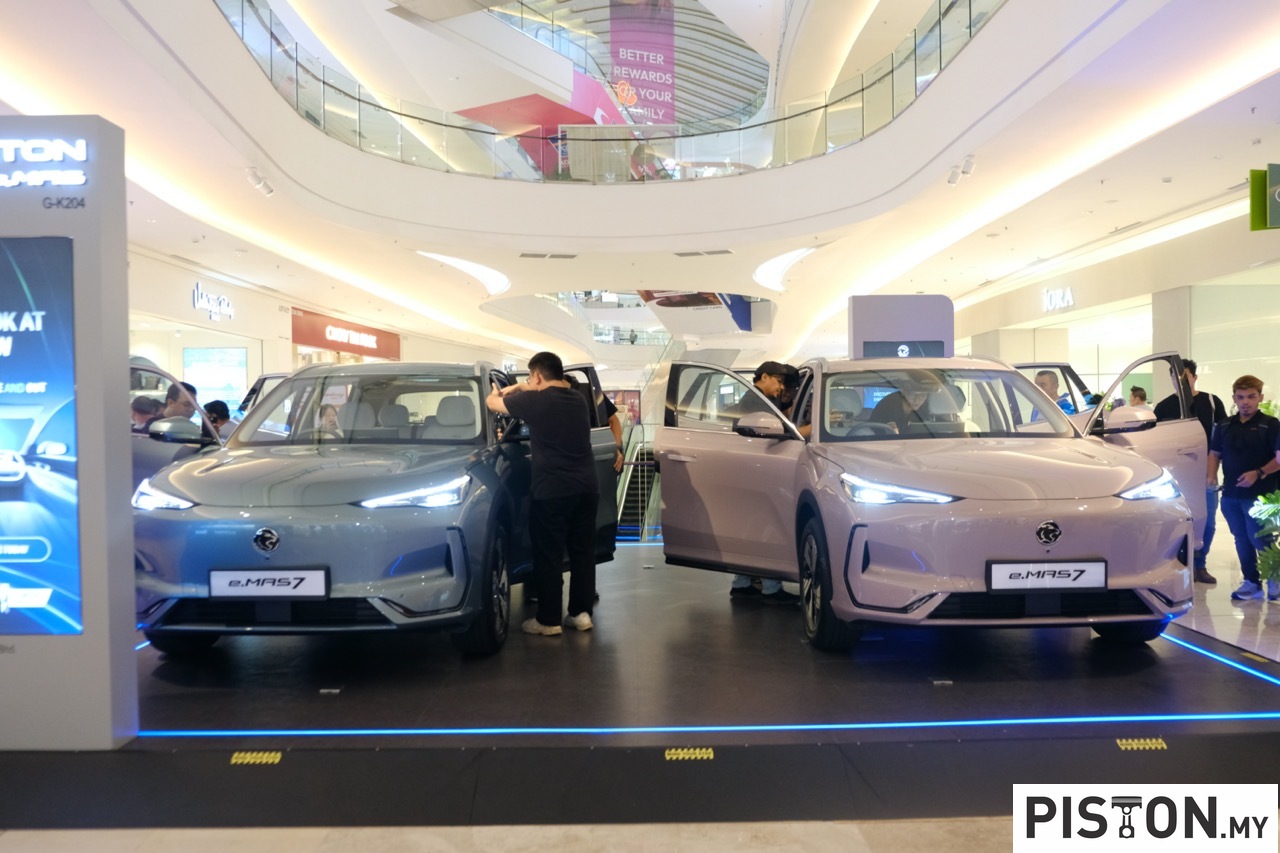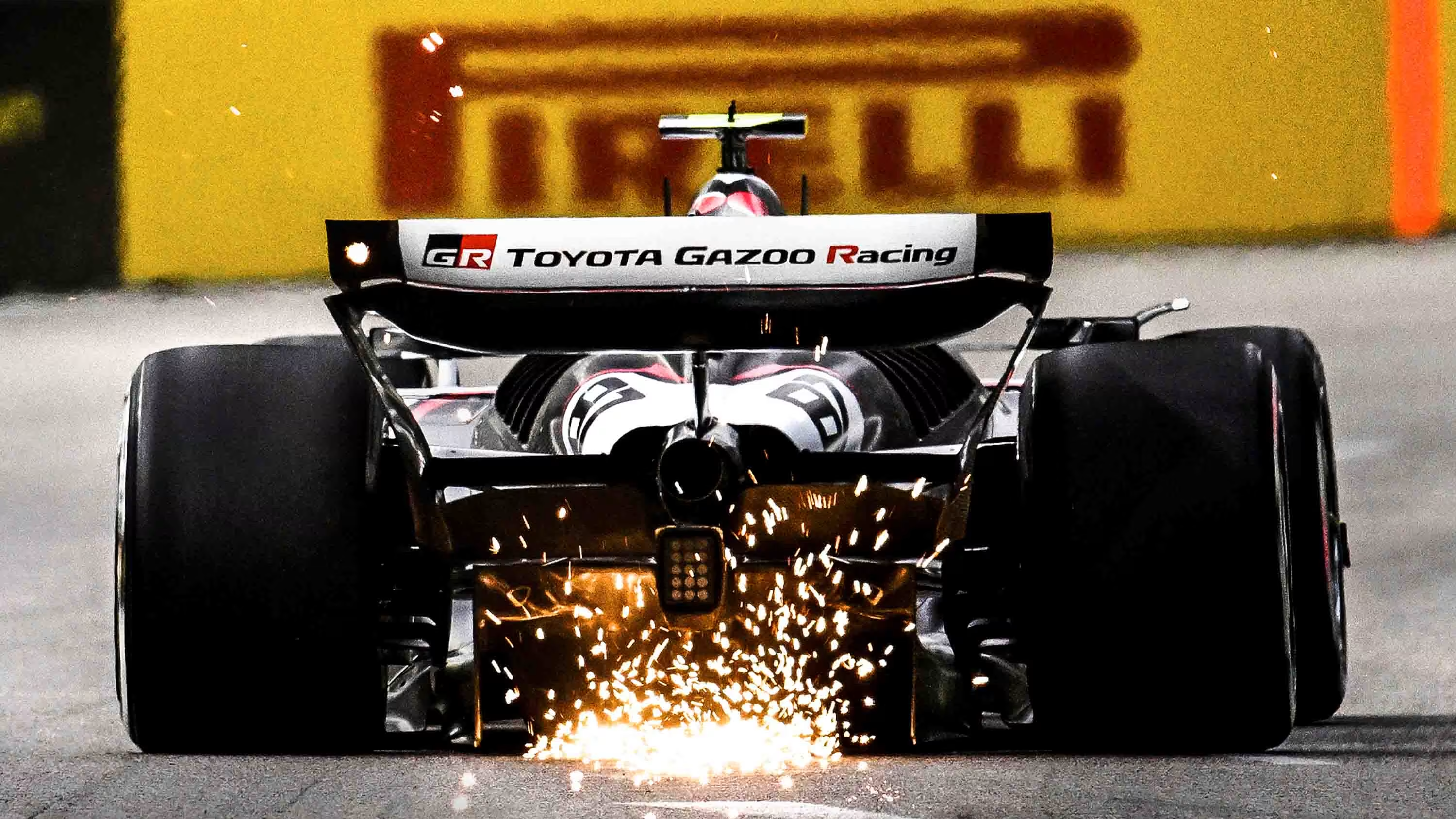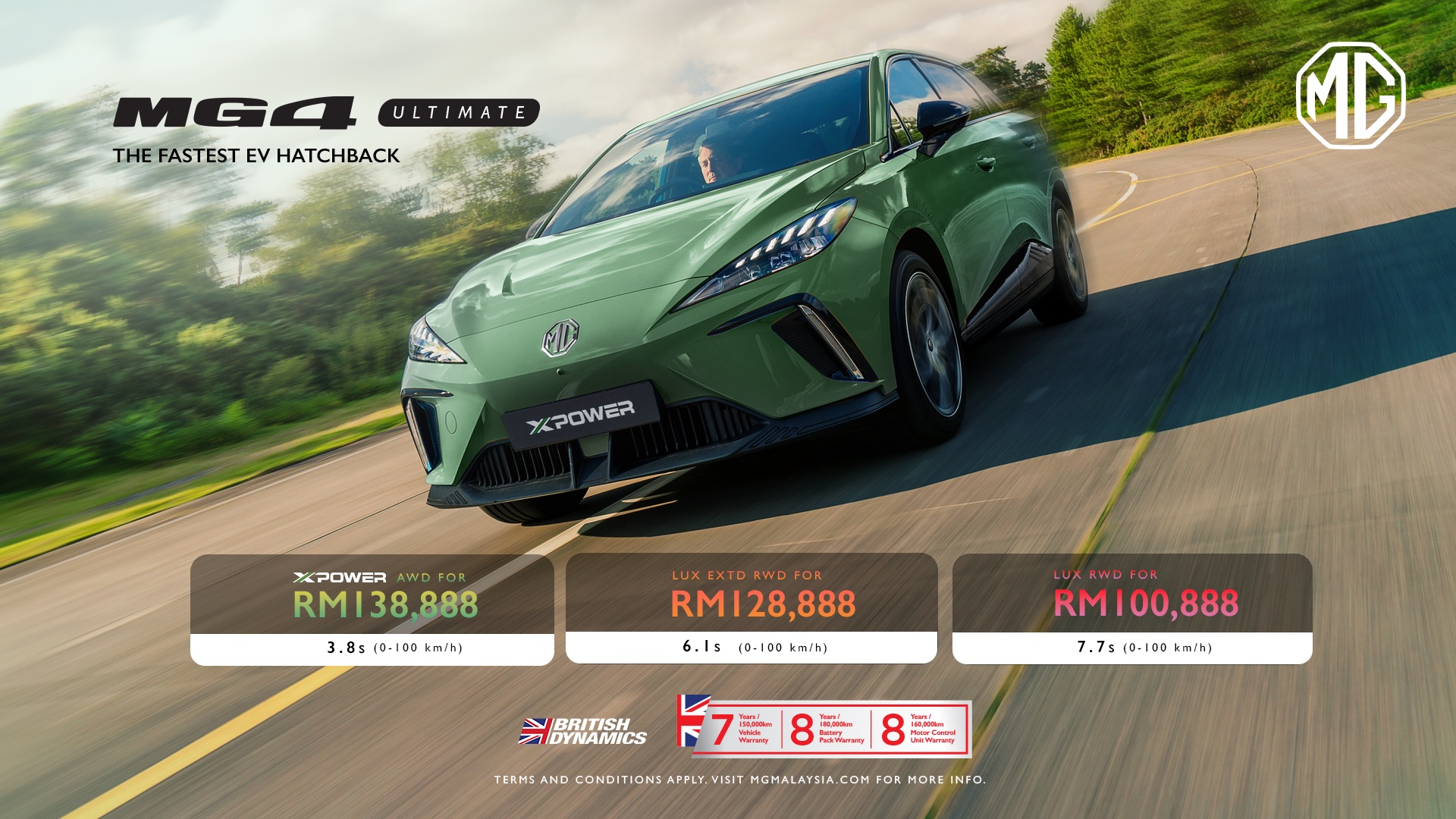PRO-NET, anak syarikat pembuat kereta nasional Proton mengumumkan pelantikan sebanyak 36 buah pengedar Proton e.MAS melebihi dua kali ganda berbanding 17 pengedar yang telah diumumkan pada bulan Jun 2024 yang lalu sekaligus menekankan komitmen PRO-NET dalam meningkatkan pasaran EV di Malaysia serta memperluaskan keupayaan perkhidmatan pelanggannya.
Peningkatan jumlah pengedar Proton e.MAS ini disertai dengan lawatan ke Institut Penyelidikan Geely (GRI) di Hangzhou China, yang disertai lebih daripada 40 eksekutif dan pengurus pengedar dari Malaysia. Lawatan selama tiga hari ini bertujuan untuk memberikan peluang untuk merasai teknologi canggih Geely dalam mendapatkan input mengenai cara pengendalian operasi jualan dan servis model EV premium dari rangkaian pengedar di bawah syarikat Geely.
“Sejak pelancaran jenama Proton e.MAS pada bulan Jun yang lalu, kecepatan pembangunan menjelang pelancaran model pertama kami harus diberi pujian. Penambahan 19 buah pengedar baru ke dalam ekosistem kami menunjukkan semangat juang yang tinggi terhadap ketibaan EV nasional pertama Proton. Sementara itu, respons bersemangat yang diterima daripada pengurus pengedar yang menyertai lawatan Geely amat memberangsangkan. Penyelidikan yang mendalam Geely mengenai pembangunan teknologi canggih telah meningkatkan kesediaan dalam mengendalikan rangkaian pengedar Proton e.MAS mereka sambil membangunkan ekosistem EV di Malaysia,” kata Zhang Qiang, Ketua Pegawai Eksekutif PRO-NET.

